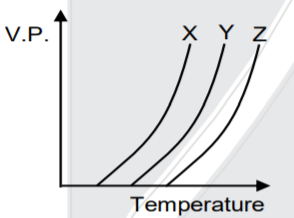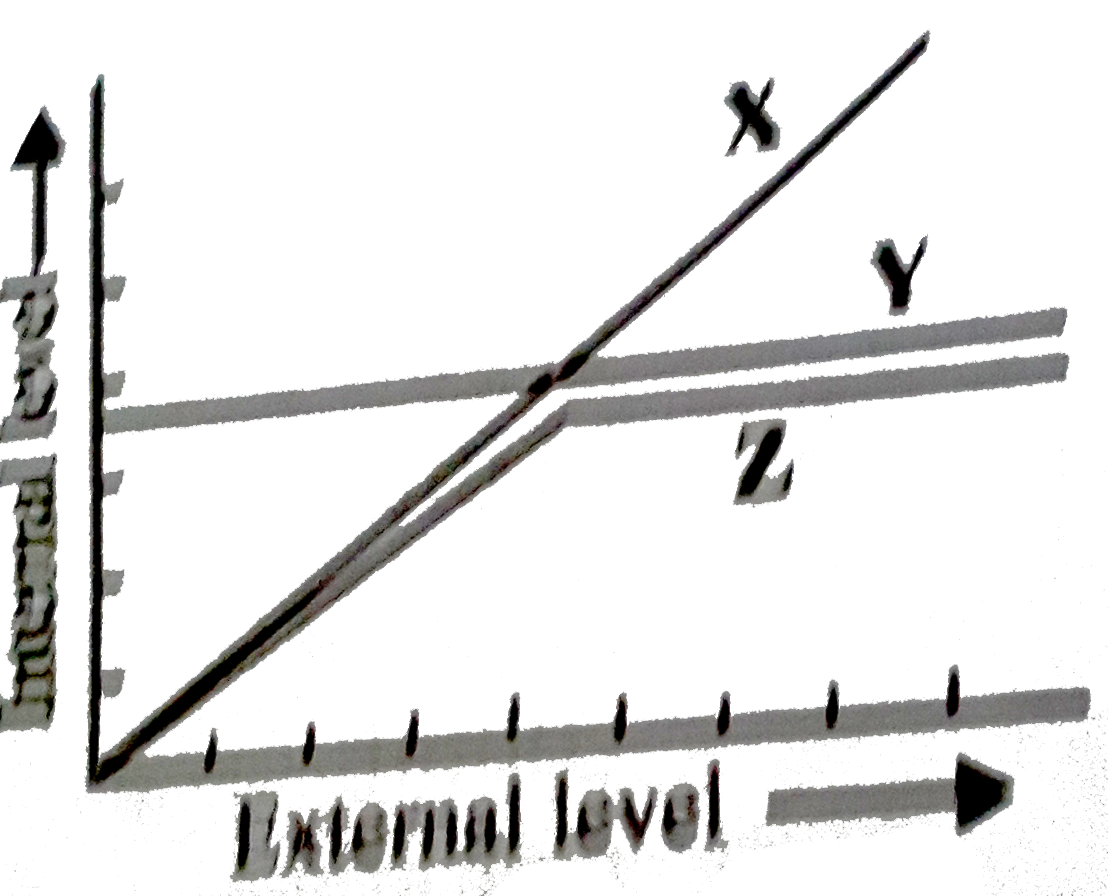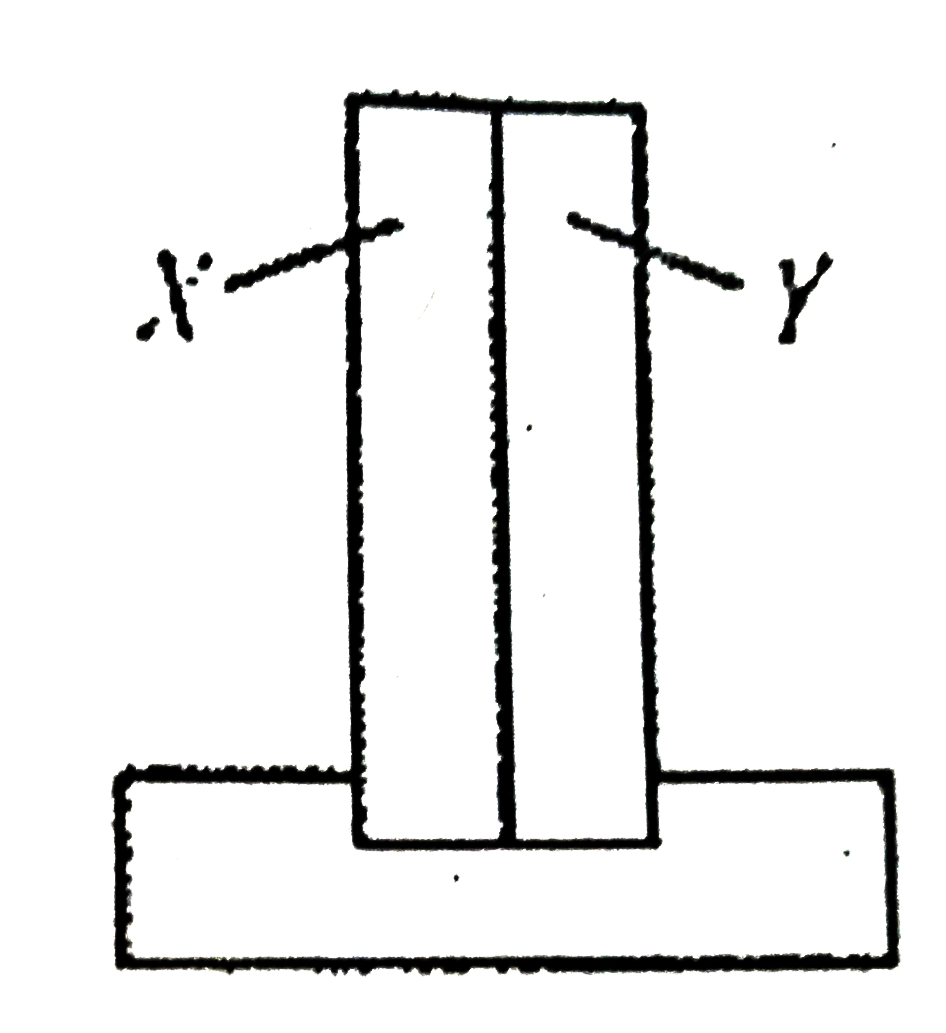A graph of vapour pressure and temperature for three different liquids X, Y and Z is shown below:

The following inferences are made:
(A) X has higher intermolecular interactions compared to Y.
(B) X has lower intermolecular interactions compared to Y.
(C) Z has lower intermolecular interactions compared to Y.
The correct inference(s) is are :
A and C
A
B
complex formation
At a particular temperature as intermolecular forces of attraction increases, vapour pressure decrease.
So intermolecular forces of attraction of X < Y < Z.
Topper's Solved these Questions
- BOOK - VMC MODULES ENGLISHCHAPTER - THEORY OF SOLUTIONSEXERCISE - JEE Advanced (Archive)31videos
THEORY OF SOLUTIONS
- BOOK - VMC MODULES ENGLISHCHAPTER - THEORY OF SOLUTIONSEXERCISE - LEVEL 265videos
THEORY OF SOLUTIONS
- BOOK - VMC MODULES ENGLISHCHAPTER - THE SOLID STATEEXERCISE - EXERCISE-J10videos
THE SOLID STATE
- BOOK - VMC MODULES ENGLISHCHAPTER - THERMOCHEMISTRYEXERCISE - JEE ADVANCED (ARCHIVE)31videos
THERMOCHEMISTRY
Similar Questions
 '
'
A. Intermolecular force of attraction of X gt Y
B. Intermolecular force of attraction of X lt Y
C. Intermolecular force of attraction of Z lt X.
Select the correct option(s).View Solution '
'
A. Intermolecular force of attraction of X gt Y
B. Intermolecular force of attraction of X lt Y
C. Intermolecular force of attraction of Z lt X.
Select the correct option(s).View Solution
Knowledge Check
- Question 1 - Select One
The given graph represents how three different living organisms (X,Y and Z) cope with the external environmental conditions. Study the graph and select the correct option regarding X,Y and Z.
 AX could be a mammalBY could be a birdCZ could be a mammalDX could be a bird
AX could be a mammalBY could be a birdCZ could be a mammalDX could be a bird - Question 2 - Select One
What is the relationship between thermal energy and intermolecular interaction energy of a substance in three states in terms of X and Y?
Gas→ Liquid→ Solid
Predominance of X −−−−−−−−−−−→
Predominance of Y←−−−−−−−−−−AX - Thermal energy , Y - Intermolecular interactionsBX - Thermal energy , Y - Thermal energyCX - Intermolecular interactions, Y - Thermal energyDX - Intermolecular interactions, Y - Intermolecular interactions - Question 3 - Select One
Vapour pressure of a pure liquid X is 2 atm at 300 K. It is lowered to 1 atm on dissolving 1 g of Y in 20 g of liquid X. If molar mass of X is 200, what is the molar mass of Y ?
A20B50C100D200
A bodyX has+2 coulomb of charge and bodyY has −2 coulomb of charge . Can we say that X has more charge as compared to Y ?
View SolutionFactorize each of the following expressions: axy+bcxy−az−bcz
View SolutionA bimetallic strip consists of metals X and Y. It mounted rigidly at the base as shown. The metal X has a higher coefficient of expansion compared to that for metal Y. When the bimetallic strip is placed in a cold bath
 View Solution
View SolutionA bimetallic strip consists of metals X and Y. It mounted rigidly at the base as shown. The metal X has a higher coefficient of expansion compared to that for metal Y. When the bimetallic strip is placed in a cold bath
 View Solution
View SolutionIn two containers X and Y same gas is filled. If the pressure, volume and absolute temperature of gas in X are three times as compared to that in Y and if the mass of X is mg, the mass of Y is
View Solution

